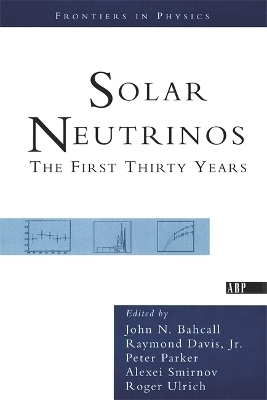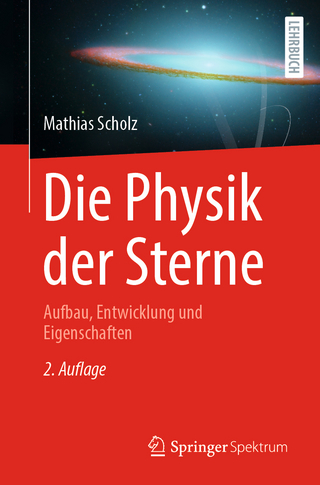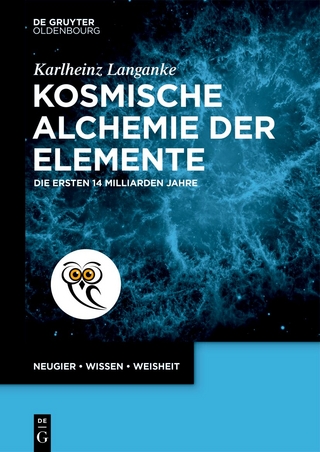
Solar Neutrinos
Westview Press Inc (Verlag)
978-0-8133-4037-1 (ISBN)
A variety of evolutionary sequences of models for the solar interior has been computed, corresponding to variations in input data, to obtain some idea of the uncertainties involved in predicting a solar neutrino flux. It is concluded that the neutrino flux can be estimated to within a factor of 2, the primary uncertainty being the initial homogeneous solar composition; detailed results are given. With a preferred value of the heavy-element-to-hydrogen ratio Z/X = 0.028, the helium content necessary to fit a model to the observed solar luminosity is found to be Y = 0.27.
John Bahcall has held positions at Indiana University, Caltech, and the Institute for Advanced Study. He is currently the Richard Black Professor of Natural Sciences at the Institute for Advanced Study and Visiting Lecturer with rank of Professor at Princeton University. He has received numerous awards, including the National Medal of Science and the Hans Bethe Prize from the American Physical Society in 1998. He has written several books, including Unsolved Problems in Astrophysics and The Decade of Discovery in Astronomy and Astrophysics He was recently awarded the Dan David prize for his wide-ranging contributions, given by the Tel Aviv-based Dan David Foundation. Peter Parker is Professor of Physics and Astronomy at Yale University in the Wright Nuclear Structure labouratory. Since his graduate student days, Parker has performed labouratory experiments to study nuclear reactions that are important in stars. Roger Ulrich is professor of Astronomy at the University of California, Los Angeles, and is active in the study of the solar interior using theoretical and observational methods. He first interpreted the periodic fluctuations observed on the solar surface as the solar analogue of terrestrial seismic waves. Raymond Davis, Jr. retired from a prestigious career at Brookhaven Lab, a multi-program national labouratory operated for the U.S. Dept. of Energy, to become a research professor at the University of Pennsylvania in 1984. A member of the National Academy of Sciences, Davis has won numerous scientific awards, including the Tom W. Bonner Prize in 1988 and the W.K.H. Panofsky Prize in 1992. Alexei Smirnov is senior research scientist at the International centre for Theoretical Physics (Trieste, Italy), and is also a leading research scientist at the Institute for nuclear research of the Russian Academy of Sciences in Moscow. Smirnov is a co-discoverer of the MSW (Mikhayev-Smirnov-Wolfenstein) effect, which describes how matter can enhance the flavor conversion of neutrinos, and is a leading particle phenomenologist.
I Standard Model Expectations, II Solar Neutrino Experiments, III Nuclear Fusion Reactions, IV Physics Beyond the Standard Model, V Helioseismology, VI Transition from Problem to Opportunity
| Erscheint lt. Verlag | 5.9.2002 |
|---|---|
| Sprache | englisch |
| Maße | 152 x 229 mm |
| Gewicht | 453 g |
| Themenwelt | Naturwissenschaften ► Physik / Astronomie ► Astronomie / Astrophysik |
| Naturwissenschaften ► Physik / Astronomie ► Hochenergiephysik / Teilchenphysik | |
| ISBN-10 | 0-8133-4037-3 / 0813340373 |
| ISBN-13 | 978-0-8133-4037-1 / 9780813340371 |
| Zustand | Neuware |
| Informationen gemäß Produktsicherheitsverordnung (GPSR) | |
| Haben Sie eine Frage zum Produkt? |
aus dem Bereich


